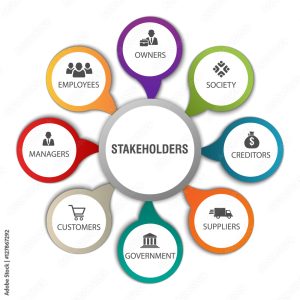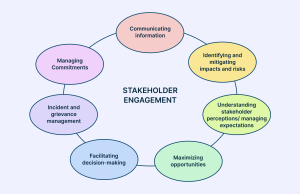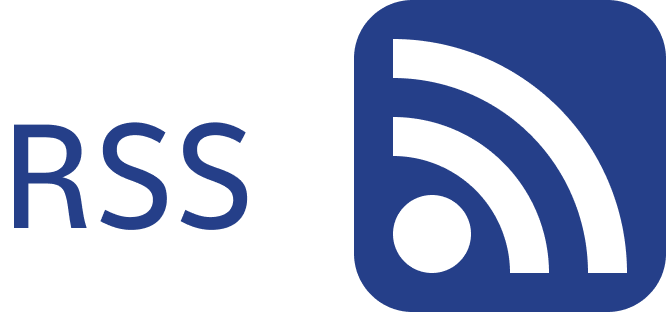![]()
Welcome back to The Project Management Toolkit series. So far, we’ve explored Employee Recognition, Collaborating with Clients, Onboarding a New Project Manager, Microsoft Project, choosing the right Project Delivery Methodology and Getting the Basics Right.
These foundational elements have helped project managers elevate their leadership and build resilient project structures. Now, we turn our attention to a critical but often underdeveloped area: stakeholder engagement and communication.
Getting stakeholder engagement right is crucial for the success of any project because it ensures alignment, trust, and momentum. While charters, risk logs, and delivery plans provide structure, it’s the human connections that drive execution. By proactively managing relationships, tailoring communication, and fostering transparency, project managers can build stakeholder confidence and keep projects on track.
Let’s take a closer look at the key practices and tools that support effective stakeholder engagement and communication
1. Stakeholder Mapping
Before you can engage stakeholders, you need to know who they are. Stakeholder mapping helps identify individuals and groups who influence or are impacted by the project. This includes internal teams, sponsors, clients, and external partners.
Key Components:
– Influence vs. Interest Matrix: Categorise stakeholders based on their level of influence and interest in the project.
– Engagement Strategy: Define how and when each stakeholder should be engaged.
– Ownership: Assign team members to manage relationships with specific stakeholders.

2. Communication Plan
A communication plan ensures that stakeholders receive the right information at the right time. It should be tailored to the audience and aligned with project milestones.
Key Components:
– Audience Segmentation: Group stakeholders by role, function, or decision-making authority.
– Channels and Frequency: Define how updates will be delivered (e.g., email, meetings, dashboards) and how often.
– Message Templates: Use consistent formats for status updates, risk alerts, and milestone reports.
3. Engagement
Regular engagement builds trust and keeps stakeholders informed. This includes formal check-ins, informal updates, and feedback loops.
Key Components:
– Steering Committees: Schedule recurring meetings with key decision-makers.
– Pulse Surveys: Gather feedback from stakeholders to assess satisfaction and identify concerns.
– Action Logs: Track stakeholder requests and ensure timely follow-up.

4. Conflict Resolution Framework
Disagreements are inevitable. A clear framework for resolving conflicts helps maintain momentum and avoid escalation.
Key Components:
– Escalation Pathways: Define who handles disputes and how they are resolved.
– Decision Logs: Document decisions and rationale to maintain transparency.
– Facilitation Techniques: Use structured dialogue and mediation to navigate sensitive issues.
5. Feedback Integration
Stakeholder feedback should inform project decisions. This demonstrates responsiveness and builds credibility.
Key Components:
– Feedback Repository: Centralise feedback for analysis and action.
– Change Management Alignment: Ensure feedback is considered in change requests and scope adjustments.
– Recognition Mechanisms: Acknowledge stakeholder contributions to foster engagement.
6. Final Thought
Project success is not just about deliverables—it’s about relationships. By investing in stakeholder engagement and communication, project managers can create a collaborative environment that supports innovation, accountability, and resilience.
As we continue building out The Project Management Toolkit, remember that each component—from onboarding to methodology to communication—works best when integrated. Stay tuned for future posts that will explore performance measurement, team dynamics, and digital collaboration.
Stay tuned for more insights in The Project Management Toolkit series, where we continue to explore the tools and techniques that elevate project management to the next level.
Contact the author at Alex.V@infotechtion.com or via contact@infotechtion.com. Find us at https://infotechtion.com/ !
You may also want to check out some of the blog posts below:



